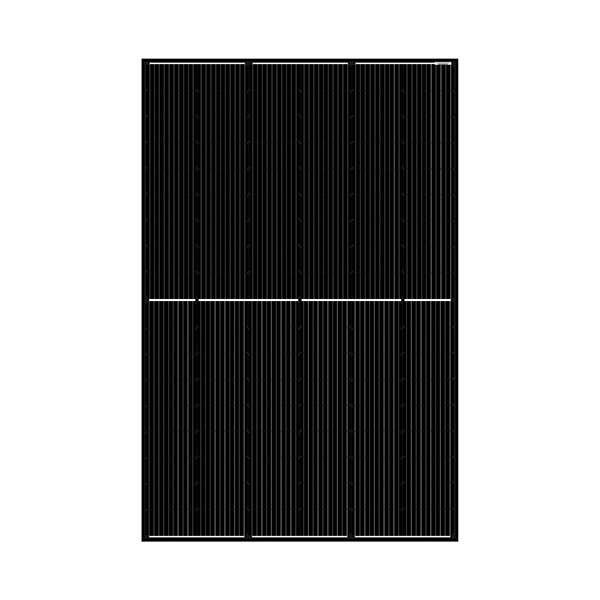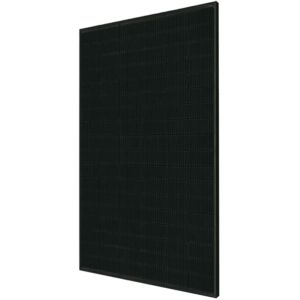410W Solar Panel
Unveiling Full Black 410W Solar Panel, a sleek Solar Panel designed to seamlessly blend with residential aesthetics while ensuring maximum energy efficiency. This visually appealing panel not only elevates the curb appeal of your home but also contributes to a greener planet by harnessing solar energy. Built with meticulous attention to detail, the low reflection surface ensures safety, while the Multi Busbar Solar Cell technology drives optimal performance even in low-light conditions.
The PID resistance of our 410W Solar Panel further reinforces its durability, ensuring that you enjoy uninterrupted power supply for years. This robust panel is crafted to deliver good low-light performance, making it an ideal choice for residential projects. Our 410W Solar Panel is not just an energy solution; it’s an aesthetic enhancement to your home, reflecting a blend of technology, design, and sustainability.
410 W
Module Power
20.25 %
Module Efficiency
12 Years
Product Warranty
30 Years
Power Warranty
PID Resistant
Guarantees minimal power degradation, making it a durable choice for long-term use.
Visually Appealing
The full-black design adds a touch of elegance to your residential projects.
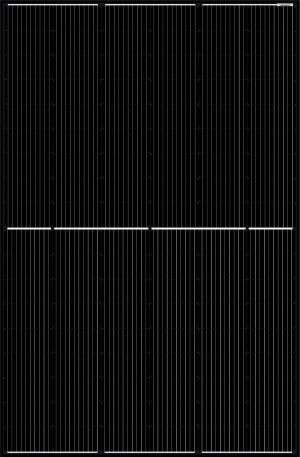
Multi Busbar Tech
Improved light trapping and current collection enhance the module's power output and reliability.
Low Reflection for Safety
Engineered to minimize glare, ensuring safety and enhanced performance.
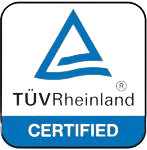
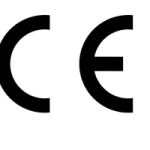
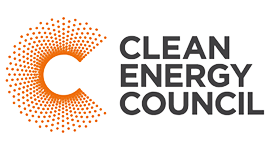

Mechanical Parameters
| Item | Spec |
|---|---|
| Cell Type | P type Mono-crystalline |
| No. of cells | 108 (6×18) |
| Dimensions | 1722x1134x30mm |
| Weight | 21.5kg |
| Front Glass | 3.2mm,Anti-Reflection Coating, High Transmission, Low Iron, Tempered Glass |
| Frame | Anodized Aluminium Alloy |
| Junction Box | IP68 Rated |
| Output Cables | 4mm², Length 300mm or customized |
| Packaging | 36pcs/pallets, 936pcs/ 40'HQ Container |
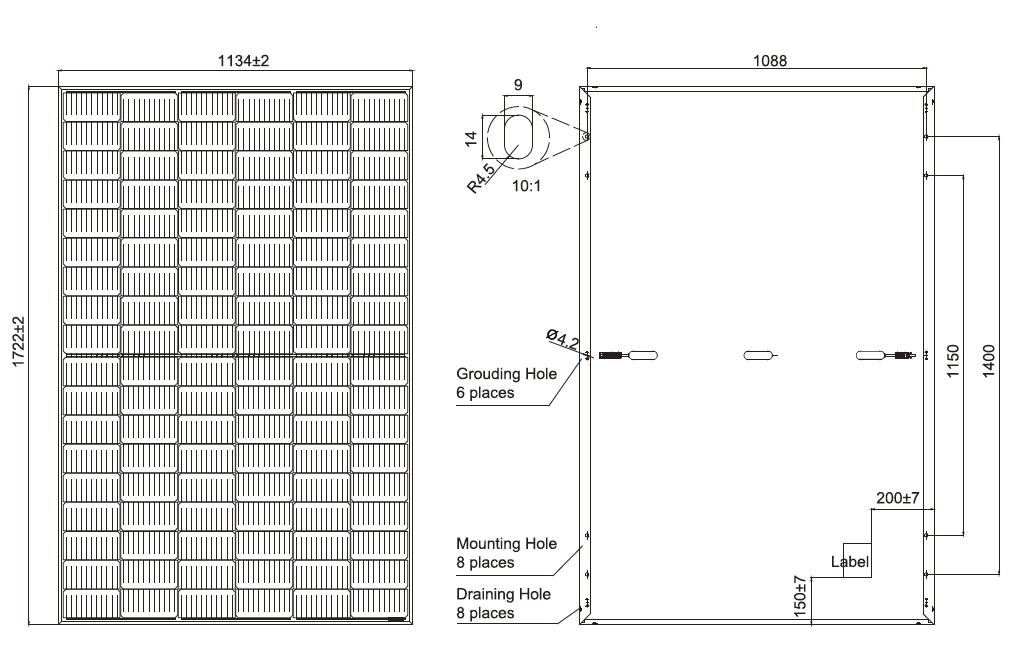
Electrical Performance Parameters (STC Test)
| Data | 410W / STC | 410W-NOCT |
|---|---|---|
| Maximum Power (Pmax) | 410Wp | 309Wp |
| Maximum Power Voltage (Vmp) | 31.40V | 29.60V |
| Maximum Power Current (Imp) | 13.05A | 10.45A |
| Open-circuit Voltage (Voc) | 37.4V | 35.3V |
| Short-circuit Current (Isc) | 13.95A | 11.17A |
| Module Efficiency STC (%) | 20.25% | 20.25% |
| Operating Temperature(℃) | -40℃~+85℃ | |
| Maximum system voltage | 1000/1500VDC (IEC) |
STC: Irradiance 1000W/m2, Cell Temperature 25°C, AM=1.5
NOTC: Irradiance 800W/m2, Cell Temperature 20°C, AM=1.5, Windsped 1m/s
Frequently Asked Questions
410W Solar Panel
Multi-busbar (MBB) refers to a technology used in solar panels to improve their efficiency and reliability. In traditional solar panels, there are usually two or three busbars -- thick conductive strips -- on each solar cell that collect the electric current generated by the cell. In Multi-busbar technology, the number of busbars is increased, often to five or more, which has several benefits:
1. Reduced Resistance: More busbars mean shorter distances for electrons to travel, which reduces the resistance within the solar cell and increases the efficiency of the solar panel.
2. Increased Efficiency: The increased number of busbars allows for better collection of electric current generated by the solar cells, which leads to higher efficiency.
3. Improved Reliability: More busbars also mean that if one busbar fails or gets shaded, the others can still collect the electric current, which improves the reliability of the solar panel.
4. Enhanced Aesthetics: MBB technology can also improve the aesthetics of the solar panel as the busbars are thinner and less visible, leading to a more homogeneous appearance.
5. Better Performance in Shaded Conditions: More busbars can result in better performance under partial shading conditions as they provide alternative pathways for the electric current to flow.
6. Reduced Power Loss: The reduced resistance and better current collection result in less power loss within the solar panel.
7. Reduced Cell Cracking: The thin, flexible busbars put less mechanical stress on the solar cells which can reduce the likelihood of cell cracking.
This technology is part of a broader trend in the solar industry to continually improve the efficiency, reliability, and aesthetics of solar panels to make them more attractive and cost-effective for a wide range of applications.
Potential Induced Degradation (PID) is a phenomenon that can significantly reduce the efficiency and performance of solar panels over time. It occurs due to a buildup of negative charges within the solar panel, which can create a voltage potential that adversely affects the solar cells.
Being PID resistant means that a solar panel has been designed or treated in a way to reduce or prevent the occurrence of Potential Induced Degradation. Here are the benefits of PID resistance:
1. Maintained Efficiency: By resisting PID, the solar panel maintains its performance levels over time, ensuring that the power output remains consistent.
2. Extended Lifespan: PID resistance can significantly extend the lifespan of solar panels by preventing the degradation that would otherwise occur.
3. Increased Return on Investment (ROI): With maintained efficiency and an extended lifespan, solar panels provide a better return on investment as they continue to generate the expected amount of electricity over a longer period.
4. Reduced Maintenance Costs: PID resistance also means potentially lower maintenance costs, as the panels will require less servicing and are less likely to need early replacement due to degradation.
5. Better Performance in Varied Climates: PID can be exacerbated by high temperatures and humidity, so PID resistance is particularly beneficial in hot and humid climates where solar panels are more prone to this type of degradation.
The full-black design of the panel offers a sleek and modern aesthetic, making it an attractive addition to any residential project. The low reflection surface minimizes glare, which can be hazardous, ensuring safer for drivers passing by.
The product is covered by a 12-year warranty for manufacturing defects and a 30-year warranty for power output.

